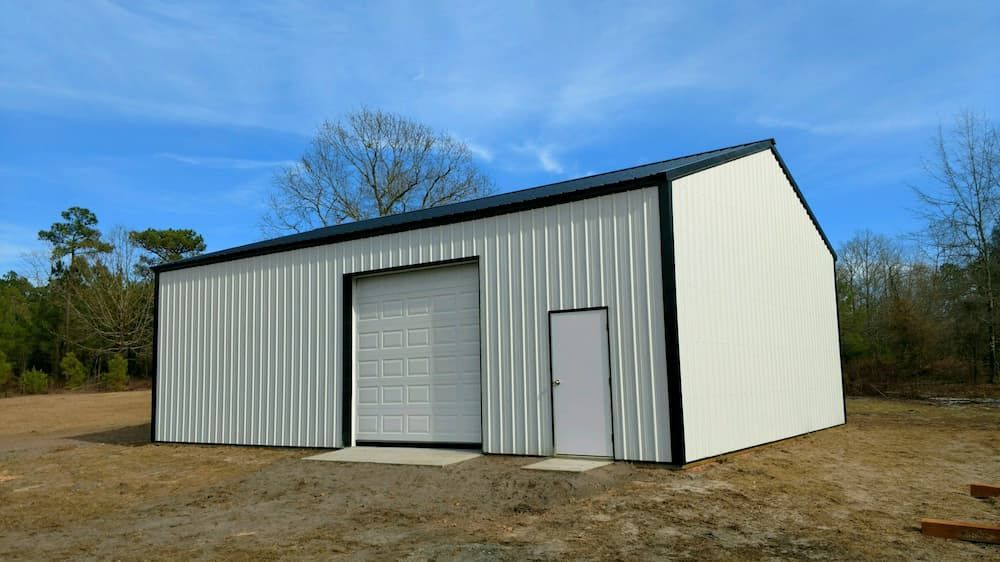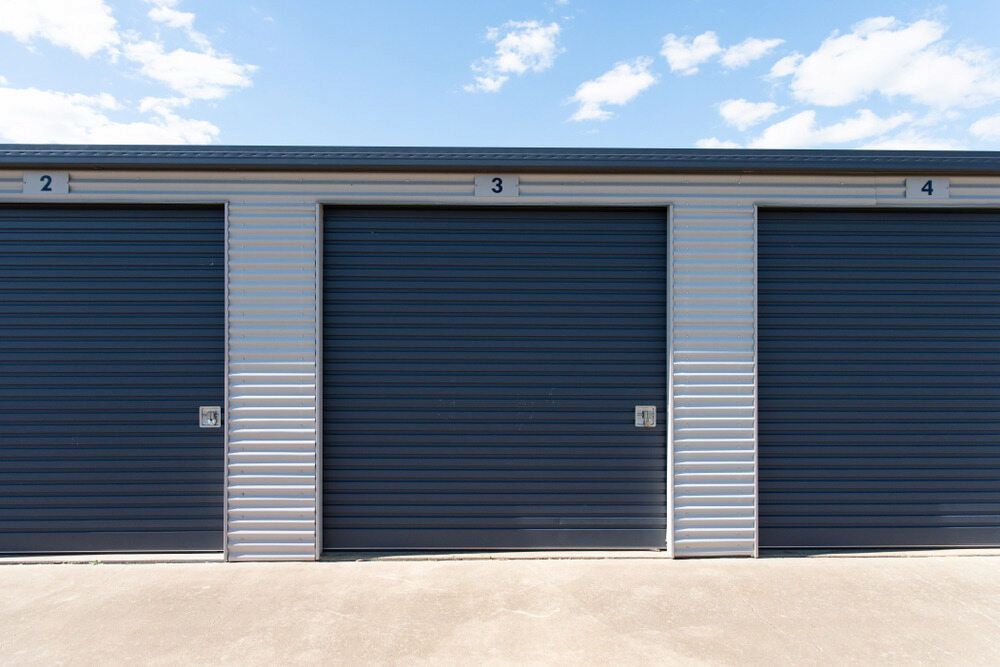8 Tips For Packing & Storing Fragile Items Safely
Moving house, downsizing, or simply clearing space often means entrusting your most delicate belongings to storage. Whether it’s family heirlooms, prized artwork, sentimental glassware, or your home office setup, fragile items need much more than just a cardboard box and good intentions. Poor packing or storage conditions can turn treasured items into shattered regrets. Fortunately, with a careful approach and the right storage solution—be it a unit, shed or self-storage facility—fragile belongings can remain intact, no matter how long they stay packed away.
If you're using storage sheds or self-storage units in Hervey Bay, these tips will help you pack, stack, and protect your items from damage, dust, or climate-related issues.
1. Start by Identifying & Grouping Your Fragile Items
Before you reach for a roll of tape, take time to assess what you're packing properly. Fragile items range from obvious breakables like glassware and porcelain to less obvious ones like electronics, photographs, or artworks. Grouping similar items together helps streamline the packing process and ensures you use appropriate materials and techniques for each type.
- Sort fragile goods into categories: glass, ceramics, electronics, artwork, sentimental items, and collectibles.
- Take inventory and note which items are high-value or irreplaceable.
- Group items requiring similar packing materials or conditions (e.g. electronics with electronics).
- Prioritise which items, such as media or framed prints, may need climate-sensitive storage.
2. Select a Storage Environment That Suits Fragile Contents
Not all storage spaces offer the same level of protection. Hervey Bay's warm, often humid climate can accelerate deterioration for delicate materials if not stored properly. Before booking a space, think beyond size—assess air flow, exposure to sunlight, and floor conditions.
- Look for well-ventilated and clean units or sheds to prevent mould or mildew.
- Choose units with sealed flooring or elevate items off concrete using pallets or shelving.
- Avoid areas exposed to direct sunlight, which can warp plastics, fade art or overheat electronics.
- Check for pest management to prevent insects or rodents from damaging soft furnishings or cardboard.
3. Use the Right Packing Materials for Long-Term Protection
The difference between a smashed vase and an intact one usually comes down to packing quality. Generic boxes and newspaper might seem handy, but investing in purpose-made packing materials is essential when storing fragile goods.
- Use double-walled boxes or plastic storage containers with lids for added structure and moisture protection.
- Wrap glass, ceramics, and electronics with bubble wrap or foam sheets.
- Fill empty spaces in boxes with packing peanuts, shredded paper, or crumpled packing paper to avoid movement.
- Use strong packing tape to seal all seams fully.
- Label boxes on all sides with contents and clear “FRAGILE” notices.
4. Wrap & Box Glassware & Ceramics with Extra Care
Glassware and ceramics are highly vulnerable to pressure, vibration, or improper stacking, leading to cracks. Each item should be wrapped and boxed individually with care.
- Wrap each piece in several layers of bubble wrap or paper—never let them touch one another.
- Use dividers for glassware to avoid contact during stacking or transport.
- Line the box base with padding (towels, bubble wrap or foam sheets) to cushion shocks.
- Avoid overfilling boxes—this adds pressure and raises the risk of breakage.
- Stack upright, especially stemware and mugs, and label boxes with top orientation arrows.
5. Protect Electronics & Media from Moisture & Dust
Electronics are especially sensitive to humidity, dust, and rough handling. Moisture can corrode internal parts, while dust can clog fans or damage sensitive circuitry.
- Use original boxes when possible or anti-static bubble wrap to wrap components individually.
- Remove batteries, power cords and accessories, and pack them in labelled zip-lock bags.
- Seal small devices in airtight plastic tubs or moisture-resistant bags with silica gel packets.
- Keep screens facing upwards in boxes to prevent pressure damage.
- Elevate electronics from the floor and avoid placing other boxes on top.
6. Safeguard Artwork & Mirrors with Structural Support
Flat items like framed photos, canvases, and mirrors are deceptively fragile and can easily shatter, warp, or cause dents from pressure or moisture if not packed properly.
- Wrap glass surfaces in painter’s tape to prevent shattering and contain shards if broken.
- Add a layer of cardboard or foam board to both front and back before wrapping.
- Use corner protectors and wrap the entire piece in a blanket or bubble wrap.
- Store upright and never lay flat—this avoids bowing or cracking.
- Place them behind furniture or secure them vertically between boxes to stop shifting.
7. Label & Stack Boxes to Prevent Crushed Contents
Organisation is not just for ease of access—it's critical for protection. A poorly stacked storage unit can crush lower boxes or cause fragile contents to shift and break.
- Label all boxes on multiple sides with contents and a “FRAGILE” note where needed.
- Stack heavier boxes at the bottom, lighter or fragile boxes at the top.
- Avoid stacking more than three boxes high unless using shelving or containers.
- Keep a clear pathway in your unit so you don’t need to climb or shift everything to reach one box.
- If items will be retrieved often, place frequently accessed fragile items near the front.
These habits prevent unnecessary damage during future visits or rearrangements.
8. Check Your Storage Regularly for Shifts or Hazards
Even after everything is carefully packed, your job isn’t over. Periodic check-ups are key to ensuring your fragile items remain safe while in storage.
- Visit your unit occasionally to check for signs of moisture, mould or pests.
- Ensure stacked boxes haven’t shifted or warped under pressure.
- Rotate boxes or lift stored frames to prevent them warping against solid walls.
- Refresh silica packs or moisture absorbers inside sealed tubs or electronics boxes.
- Reassess your unit's or shed's condition if anything seems off—especially after storms or humid spells.
A 10-minute visit every couple of months can help you spot potential issues before they become expensive problems.
Protect Your Fragile Goods with Confidence
At The Bay Self Storage, we understand the importance of keeping your valuables safe. Whether you’re storing breakable heirlooms, electronics, or artworks, our clean and secure storage solutions offer the peace of mind you need. To explore available unit sizes, request packaging advice, or book a shed, give us a call or get in touch via our contact page today. We’re here to help you store smarter.







